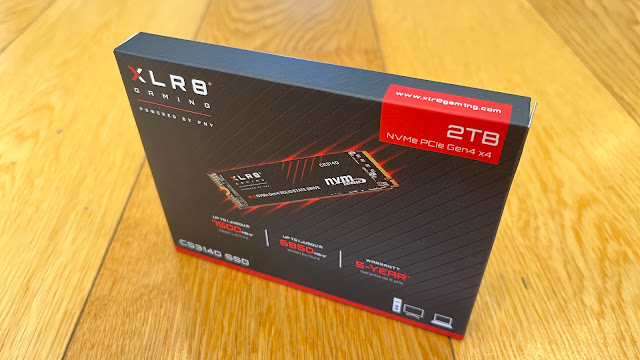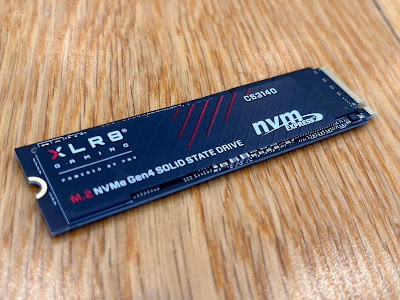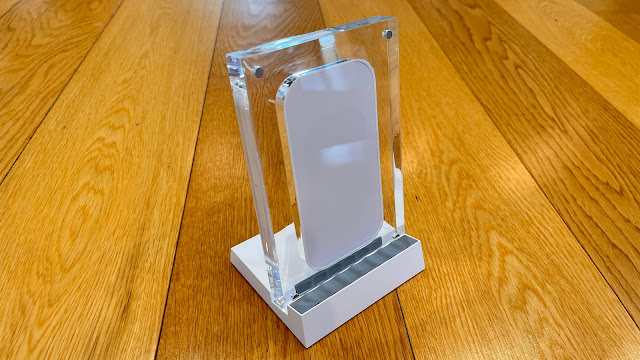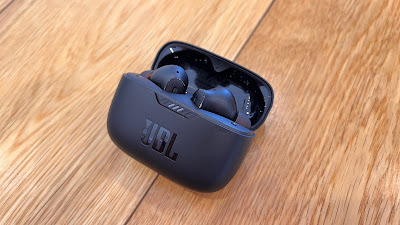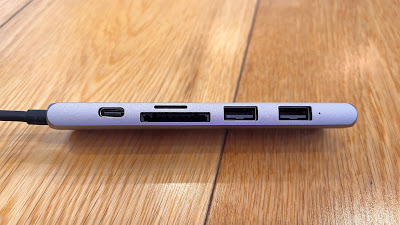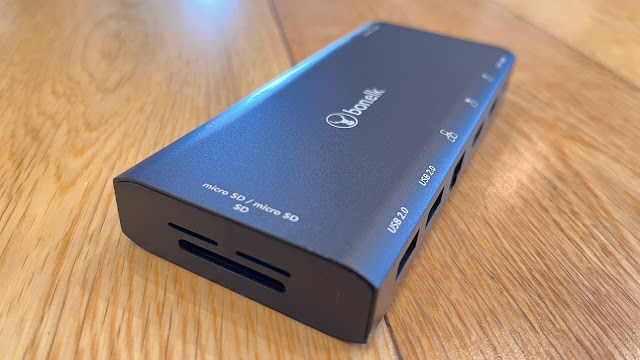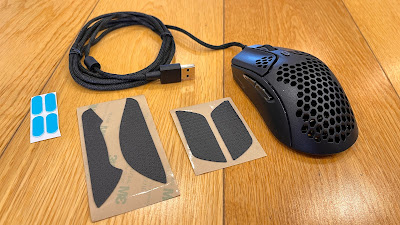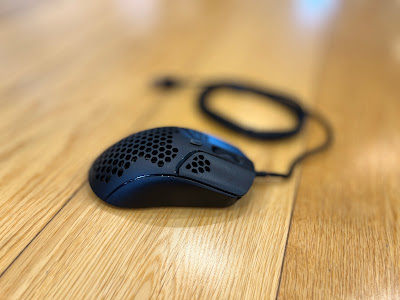As if it wasn't hard enough to keep track of Samsung's seemingly ever increasing range of smartphones, 2020 saw the introduction of the very well received Fan Edition Galaxy S20. The idea was to listen hard to what users liked and give them more of that. As for the things customers weren't so attached to, maybe trim those off, trimming a few dollars off the price of a premium handset in the process.
Living up to its name, the FE drove the fans crazy. It drove me pretty crazy too. I found it to be extremely easy to use and high-end features like water resistance and wireless charging were still part of the setup - not to mention being powered by the best chip Samsung had to offer at the time.
My advice to anyone in the market for a new phone was to seriously look at the S20 FE - in fact, that's still my advice a year and half later. I literally just told a friend it was probably the best phone his money could buy.
That's because it is now quite a bit cheaper and that's because there's a new Fan Edition in town. Somewhat late to the party... but then, all the cool people turn up late, right?
Apparently the infamous chip shortage was to blame. The Galaxy S21 FE was supposed to come out last last year and kept a lot of those "fans" waiting when it simply didn't.
This poses a few issues for Samsung because it now squashes up against next week's launch of the new S22 flagships and it completely ruins the symmetry of having a phone called the same number as the year it's released.
On the bright side, the delay probably means any minor teething issues sometimes experienced with brand new devices straight out of the oven should be well and truly worked through by now and indeed, in my experience of the phone so far it's certainly one of the most "finished-feeling" I've ever set up straight out of the box.
Not that I got a box - my review handset was handed to me as is, no charger, no cable and certainly no earbuds. Which to be fair, is pretty much how it should be by now. There'll be people out there still complaining about no buds or charging bricks in the box anymore but seriously, if you don't own several of those by now, welcome back from your years in the cave.
As expected - and as designed - there's a lot to like and not much to complain about with the S21 FE. The moment you hold it it feels familiar and comfortable, due in no small part to its polycarbonate rear casing (which actually feels more like brushed aluminium) and the flat screen (not curved at the edges like its much more expensive, top-of-the-line S21 cousin, the Ultra.)
The FE comes in four colours; Graphite, Lavender, Olive and White. Yes, white is making a comeback, just like my very first Samsung Galaxy, an S3, a million billion years ago. Olive seems to be everywhere these days too, worse luck. Not a fan. Why can't we just have proper colours? Like red? Anyway, I'll stick with Graphite for the time being - a subtle enough mix of not-black, not-blue and not-grey.
The distinctive, wrap-around-the-corner rear camera module of the original S21's is back, although emphatically more streamlined as it's moulded into the rear casing as opposed to the glaringly contrasting setup of the flagships we saw over a year ago now.This is all a bit of a relief for me as I've never been enamoured with the giant, sticky-out camera modules we've seen over the last couple of years. The sensors themselves are similar to the vanilla S21 - a 12MP wide, a 12MP ultra wide but only an 8MP telephoto, as opposed to the S21's 64MP option. And yes, that does mean a bit less optical/hybrid zoom capacity but it's still a lot better at a distance than most other phones on the market.
In fact, just as its 2020 predecessor did, the S21 FE takes great pics. I'm a fan (there's that word again) of Samsung's tendency to oversaturate the colour and brightness a little - who doesn't want fun photos? I'm particularly happy with the ultra-wide shots I've taken at the beach or of other watery views, it's a great way to capture fun Summer memories just the way they looked. Night mode also impressed me with its clarity and simply how fast it captures the shots - no waiting for up to 3 seconds as I've had to with some phones.
And that's before you get to the forward-facing selfie cam, thankfully now missing the chrome ring around the cutout, a feature that inexplicably ruined the look of the original S20 FE. This is a 32MP lens, so actually a significant upgrade over that of the 10MP on the S21.
As usual, Samsung's camera app is probably the most comprehensive, yet easiest to navigate of pretty much any phone out there. Of special note is the all-new Dual Recording mode - an evolution of Director's View that lets you record or broadcast from both front and rear cameras simultaneously. This definitely saves a lot of post-shooting editing, especially for all you streamers out there.
There's a real "just-right" vibe with the 6.4-inch, dynamic AMOLED display - slightly bigger than the S21 but not as big as the S21+. The 120Hz refresh rate now varies automatically, to save battery life and as usual for most Samsung phones, it looks awesome.
Then, when you start listing off other specs, it gets really hard to figure out why this phone is $300 cheaper than the S21. It has a significantly bigger battery and as a result absolutely sails though the longest days on a single charge. It uses the same, high-end Exynos 2100 chip and comes running Android 12 and Samsung's latest One UI 4.0 straight out of the box.
For all intents and purposes, this is a true flagship, just cheaper; starting at NZ$1099.00 for the 128GB version.
Again, this has quickly become the phone I'm likely to recommend to friends. Well, till next week at least, anyway.
Click here for more information and pricing on the Samsung Galaxy S21 FE 5G.







